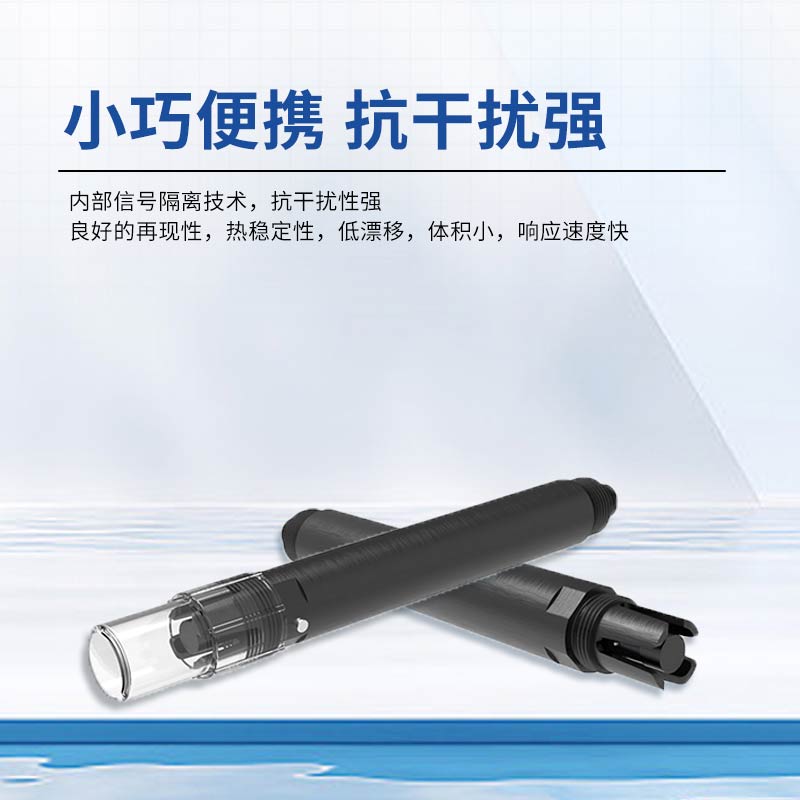Shandong Fengtu IOT Technology Co., Ltd
Sales Manager:Ms. Emily Wang
Cel,Whatsapp,Wechat:+86 15898932201
Email:info@fengtutec.com
Add:No. 155 Optoelectronic Industry Accelerator, Gaoxin District, Weifang, Shandong, China

Sales Manager:Ms. Emily Wang
Cel,Whatsapp,Wechat:+86 15898932201
Email:info@fengtutec.com
Add:No. 155 Optoelectronic Industry Accelerator, Gaoxin District, Weifang, Shandong, China
time:2025-06-10 09:18:41 source:Weather Station viewed:273 time
How much do we know about dissolved oxygen? Today, let’s introduce relevant knowledge about dissolved oxygen sensors. Measuring dissolved oxygen concentration is required in fields such as medicine, chemistry, environmental monitoring, marine analysis, molecular biotechnology, biological process control, food packaging, and industrial production monitoring. In most cases, continuous monitoring of oxygen concentration becomes the ideal choice, which necessarily relies on dissolved oxygen detection equipment.
Traditional electrochemical methods depend on membrane electrodes and electrolytes, which lead to many problems. Even with regular maintenance, it is still difficult to achieve precise measurements. As a type of optical device, fluorescence-based dissolved oxygen meters can be subdivided into various types according to different application principles, such as absorption spectrometry, reflectometry, luminescence method, infrared spectroscopy, Raman spectroscopy, interferometry, and surface plasmon resonance. In the market, most optical sensors developed for oxygen detection work by leveraging the quenching effect of molecular oxygen on the luminescence of indicator dyes.
Dissolved oxygen sensors are undoubtedly highly efficient detection tools. They determine the concentration of dissolved oxygen by accurately measuring the fluorescence intensity in water. This instrument innovatively adopts the fluorescence method, abandoning traditional membrane electrodes and eliminating the need for frequent replacement of membranes and electrolytes. This significantly reduces maintenance workload and improves work reliability, especially in complex and harsh working conditions such as sewage treatment. Moreover, fluorescence-based sensors do not consume oxygen during operation, so they have no special requirements for water flow rate or agitation level and can effectively avoid interference from substances such as sulfides.

Radar level meter is an advanced instrument widely used in the field of liquid level measurement, especially in all kinds of storage tanks. It adopts a contactless measurement method, which can accurately measure the volume of liquid in storage tanks.The reason why radar level meter is widely used i...
Pore water pressure gauges are indispensable and important instruments in the field of geotechnical engineering, mainly used for accurately measuring the pore water pressure in soil or rock masses.Its working principle is based on the pressure - sensing mechanism. When the pore water in the soil or...
The role of road weather monitoring system in highway construction is very important, and it is a new type of automatic weather station established on the basis of road weather service. It can not only realize real-time observation of road weather conditions and driving environment, but also provide...
automatic weather station is used to measure the surface weather observation results. It is a device that can automatically measure, store, and upload meteorological data....